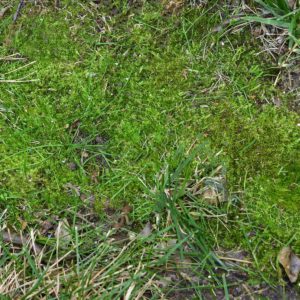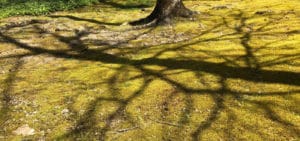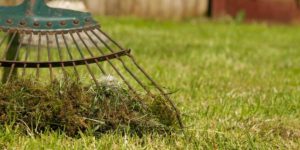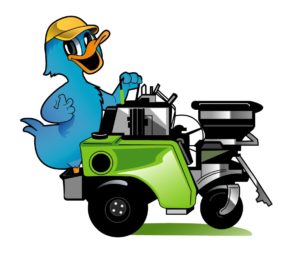Moss Is Taking Over My Lawn!
What Is Moss?

Moss is one of the most primitive plants in the world. Mosses existed as early as 290 million years ago, and haven’t evolved much in the time in between. There are over 12,000 species of mulch distributed throughout the world. Mosses are commonly confused with hornworts, liverworts and lichens. Ecologically speaking, mosses are the vultures of the plant world. They grow on and break down exposed substrata, converting them into nutrients used by more complex plants. They can also help prevent soil erosion by absorbing water and providing surface cover. These non-vascular flowerless plants are found in almost every ecosystem, except for salt-water.
Why Is There Moss In My Lawn?

Moss typically prefers moist, low nutrient soils. Most lawn mosses can only grow in very specific conditions. This is a good thing for those who don’t want the moss in their lawn. The conditions that we see most often with a thriving patch of moss are shady, poorly drained soil. It will also grow in sunny areas where the lawn is thin, but the soil stays damp. Moss is typically an indicator of a larger problem in a turf grass lawn.
Why Is Moss Bad For My Lawn?
As I said before, moss is typically an indicator that there is a larger problem affecting the lawn. Poor nutrient content and an acidic pH are both conditions that are great for the moss, but not for turf grass. It also needs very moist soil, which would indicate drainage issues that could cause root rot and other fungal issues in a turf lawn. Looking for visible signs of standing water and completing a soil analysis will often give you all of the information you need to rid the lawn of moss and change the conditions that it needs to be prolific.
How Do I Rid My Lawn Of Moss?

One of the first things many homeowners will do is grab a rake. Moss does not actually grow roots, and is easily pulled up from the soil. And while this may be a quick answer to the aesthetic of the lawn, it is not a real solution. Moss will quickly grow back into these areas and choke out any turf grass that may try to grow in these areas.
As we discussed earlier, one of the first steps to ridding the lawn is a soil sample analysis. Scheduling a consultation with your lawn specialist will allow them to take a series of core samples from the lawn and sends them to a laboratory for chemical analysis. This will give you a very clear picture of what nutrients are available or missing in the soil, as well as the pH levels. These results usually come back in 7-10 days. In the meantime, drainage should be looked at and any issues that cause standing water or ponding should be addressed. Once the report for the soil test come back, additional steps can be taken.
What Is The Best Option For Remediation?
Moss prefers acidic soils. This condition is not great for turf grass. One way, and maybe the easiest and most economical way to raise the pH of the soil is with a treatment of lime. Lime will increase the pH of the soil by several points. Moss also prefers low nutrient soils, so having a good fertilization plan will help. It may also be necessary to aerate and overseed the area in order to get the lawn thick and healthy enough to choke out moss and other weeds from sprouting up again. If that sounds like a lot of work, that is because it is. If you are trying to repair more than a small patch, or you have other lawn issues as well, it is often best to hire a professional.
At Green’s Lawncare, we have dealt with the issue of moss as well as almost every other issue that affects the health and appearance of a lawn. We know what it takes to fix the situation and leave lasting results. We can definitely help, so feel free to call our office at 317-748-3153. Or visit us online at www.GreensLCPS.com. Or click HERE to request an estimate.
